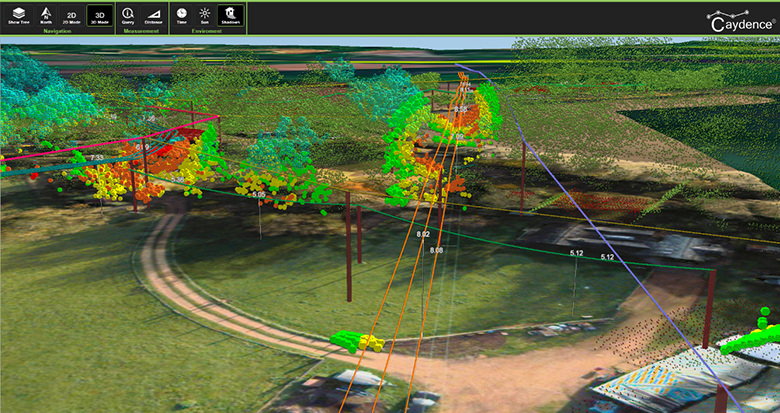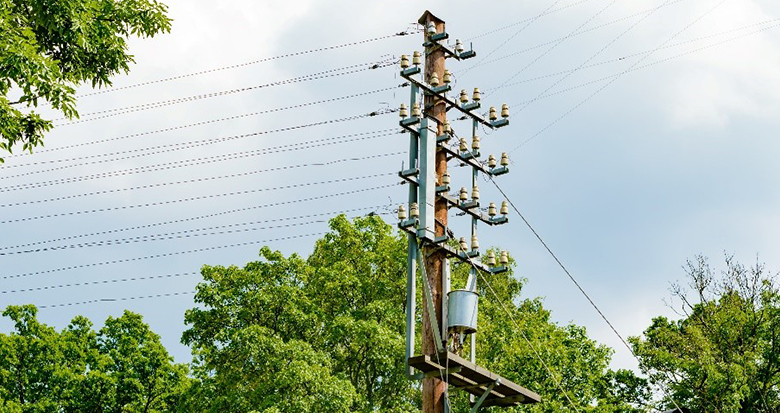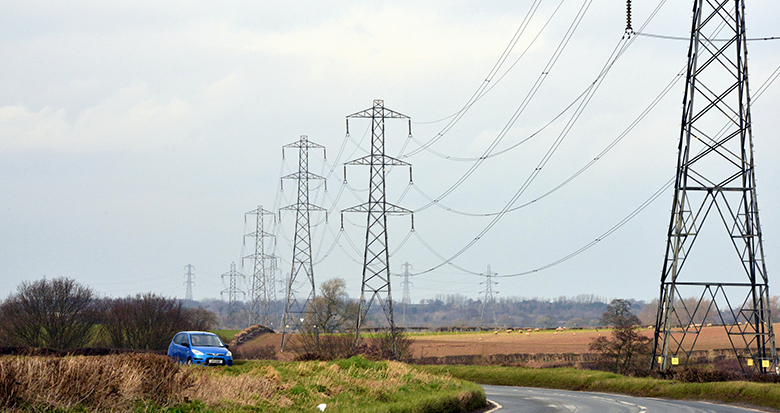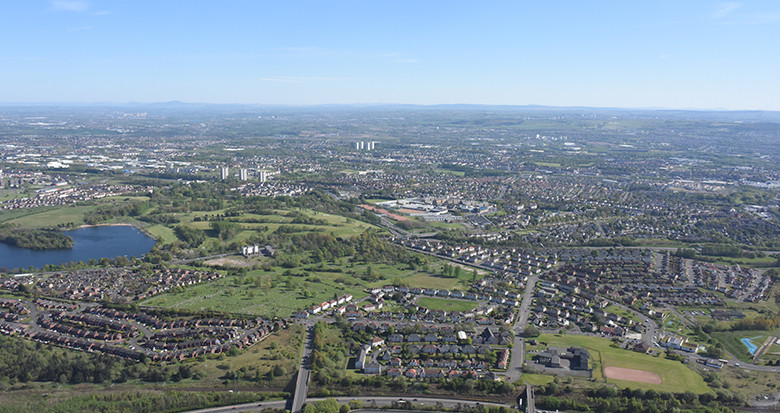Improving network reliability with remote sensing technology
At NM Group, network reliability means keeping the lights on. Remote sensing technology has the ability to provide critical asset data on infrastructure to help network providers meet this objective. This however is only half the story. The condition and the position of an asset needs to be leveraged to be able use the data to make informed decisions for improving reliability.
See how we are demonstrating this below:
Vegetation management
The risk of vegetation to some networks cannot be understated – with outages, fires and the cost of managing growth high on the list of utility concerns. Effective management is about quantifying the risk and then efficiently tasking crews to deal with any problems – and then using this information to design improved programs moving forward. Our technology and analysis provide this on a turn-key or tailored basis as required.

Condition based maintenance
Knowing when and where a defect is likely to occur can be hard to predict. The move to condition-based maintenance uses real-world information to plan work and extend lifetime, avoiding unnecessary maintenance. Having current and dependable asset condition information allows a utility to make intelligent investment decisions around maintain, life extend or replace.

External network changes
It’s those factors out of your control that can have the biggest impact and which can be hardest to identify. From new construction, earthworks or temporary objects in the line corridor, these represent a needle in a haystack yet may have a significant reliability or safety impact. Fortunately new remote sensing techniques can detect this and ensure they can be dealt with quickly, find out about network change detection (ARROW).

